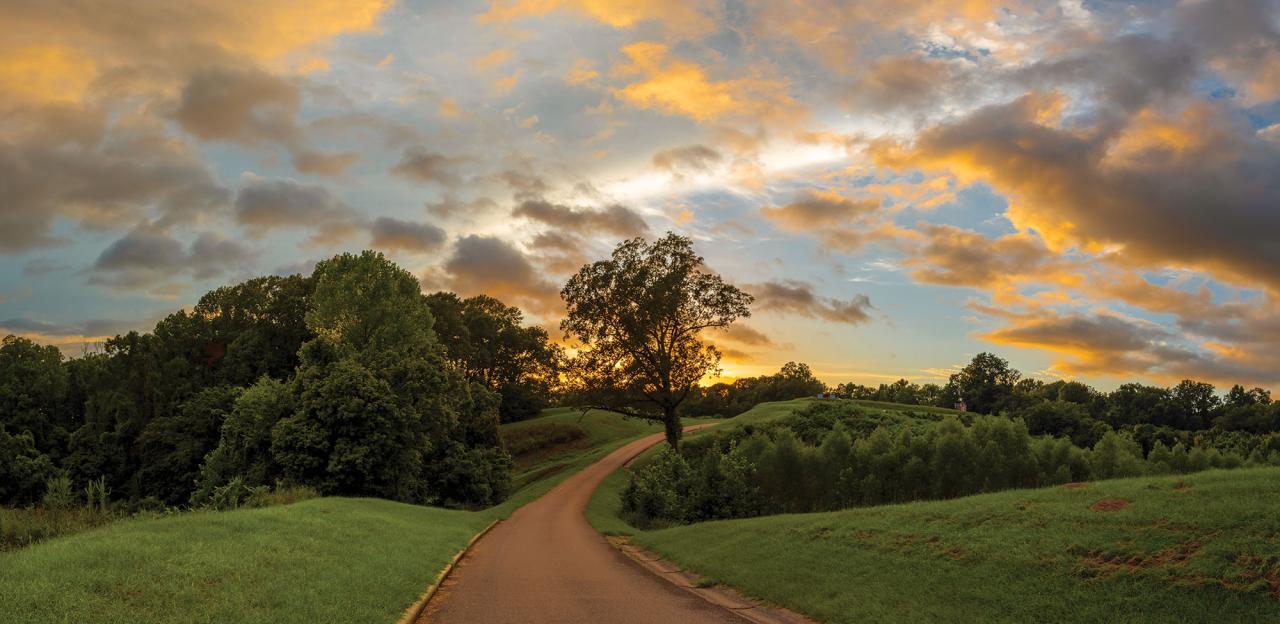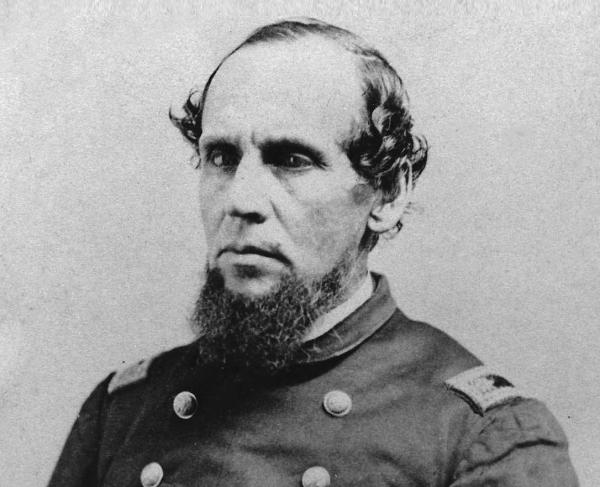Centennial Reflections: Vicksburg National Military Park

Bill Justice, Vicksburg National Military Park Superintendent, reflects on this Civil War battlefield in celebration of 100 years of the National Park Service.
Vicksburg, Miss. | May 18–July 4, 1864 | Federal Battlefield Park since 1899 | 1,747 Acres
During the National Park Service centennial we are encouraging everyone to “Find Your Park,” a place that speaks to them. It could be one of the 411 national park units, or one of the thousands of state parks, refuges and forests. It could be Vicksburg National Military Park. Perhaps it should be.
The National Park Service and its employees are stewards of some spectacular places. We are also stewards of places where people fought and died, ground hallowed by the sacrifice of lives for great causes — places where the world changed. Vicksburg is such a place. The campaign and siege of Vicksburg split the Confederacy, eliminated a Confederate army, and freed the Federal army to move across the lower South to Chattanooga, Atlanta and Savannah, and through the Carolinas toward Petersburg. The victories at Vicksburg cemented the reputations of Ulysses Grant and William Tecumseh Sherman as the U.S. Army’s best generals. An estimated 40,000 African American men from Mississippi and Louisiana enlisted in the Federal army and navy. The Battle of Milliken’s Bend destroyed the notion that African Americans would not fight. Combined with the Federal victory at Gettysburg in the first days of July 1863, the surrender of Vicksburg changed the war and the world.
Vicksburg is also a monument to the endurance and sacrifice of the Confederate army under John Pemberton and the resilience of the citizens of Vicksburg, who somehow survived 47 days of seemingly unendurable trial and starvation, bombardment, fires and cave life, only to face surrender. Vicksburg is a place of both triumph and defeat.
For those who love art and sculpture, there is no park like Vicksburg. The monuments and memorials built by the states in honor of their soldiers who served, fought and died here are one of the greatest, most extensive collections of outdoor art in the world. Even the regimental markers are beautifully sculpted. I marvel at the beauty created by the artists who crafted these monuments. Each one speaks of a state and the experience and sacrifice of her soldiers. That something as beautiful as these stone and bronze sculptures could come out of something as terrible as civil war speaks to the ability of humans to take the best out of their experiences.
The USS Cairo is a time machine. She struck two Confederate mines (torpedos) in December 1862 and sunk so quickly that the sailors aboard her didn’t have time to grab anything. Much of what they left behind came up when the Cairo was pulled out of the Yazoo muck in 1964. The items in the museum tell the story of life in the “Brownwater navy” that battled along the rivers of the South. Familiar items like Eberhard pencils, forks, toothbrushes and rubber combs sit near things that are unfamiliar to modern eyes. Some of these items have evolved to remain commonplace items in today’s military. Condiment bottles marked “Pepper” held what we would call pepper sauce today — small bottles of which are still included in current Meals Ready to Eat (MRE). They are bridges across time, a small example common to the experience of all who serve.
If you stop by the park in the early morning or later in the evening, you will see a lot of people walking, running, exercising, enjoying the park. For many local people, this is what their park is, a safe and lovely place to enjoy some personal time or to walk and talk with friends. Longtime residents tell us that’s what the park has always been — a place to get into and enjoy. People come here on special days, such as the sunrise service at Fort Hill on Easter morning and the Run Through History race in March. People have long come to the national cemetery on Memorial Day. We have photos of Medgar and Myrlie Evers and their children enjoying a day in the Vicksburg National Cemetery.
This 107-year-old park is on the cusp of major change. In December 2014, Congress authorized the addition of three new units to Vicksburg National Military Park — the sites of the Battles of Port Gibson, Raymond and Champion Hill, each a key moment in the Vicksburg Campaign. The National Park Service is working with the Civil War Trust, the Friends of Vicksburg National Military Park and Campaign, the Mississippi Department of Archives and History and the Friends of Raymond to create these new national park sites. Soon you will have more reasons to “Find Your Park” at Vicksburg National Military Park


